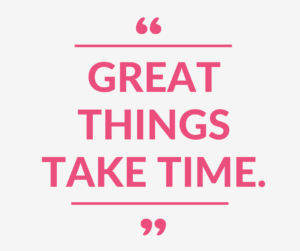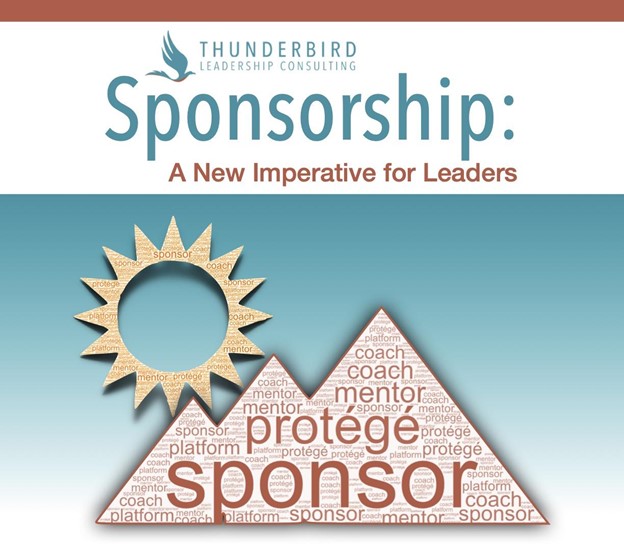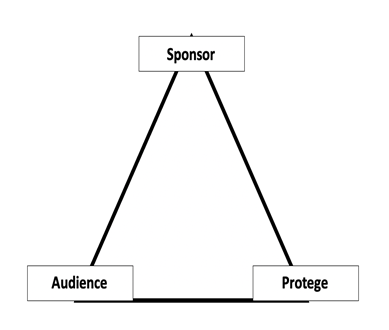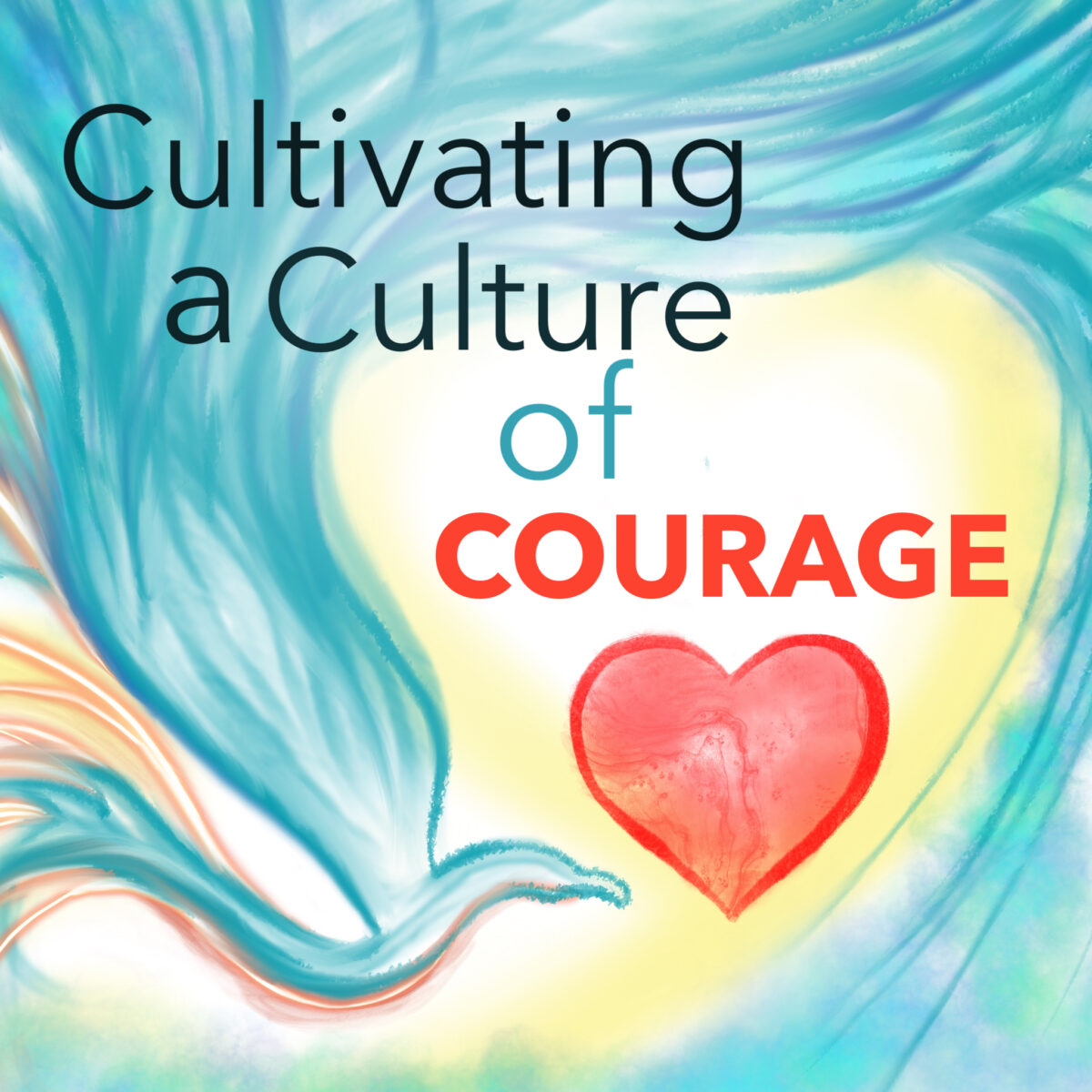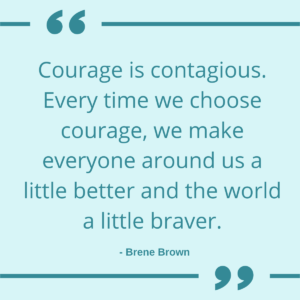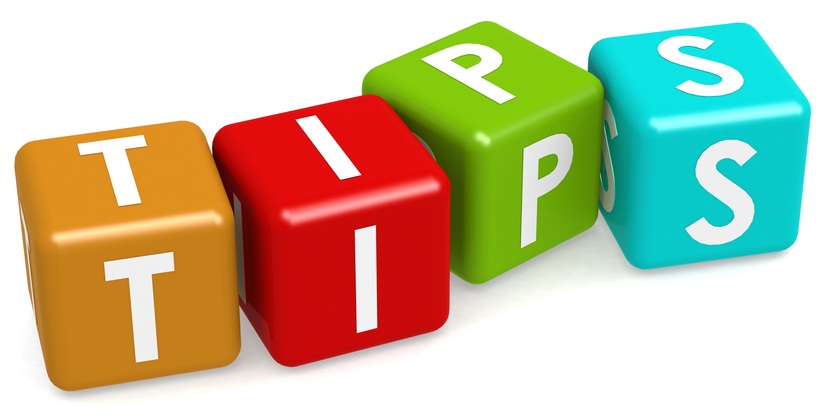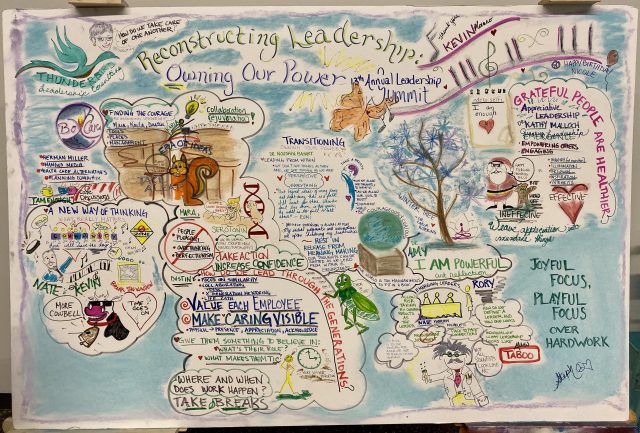Thunderbird’s Dynamic Leadership Model: Empowering School Leaders for Success
By Nathan Bachofsky, M.Ed.
As school leaders, the responsibility to shape the educational landscape extends beyond the individual classroom. To navigate the ever-evolving challenges and drive positive change within their institutions, school leaders must embrace the concept of Dynamic Leadership. Dynamic Leadership comprises several crucial elements, including self-awareness, deep listening, curiosity, empathy, and decisiveness. Dynamic Leadership skills are foundational and empower school leaders to foster growth, collaboration and excellence within their schools.
Self-awareness:
- Do I sense and adjust my emotions based on the situation?
- Do I respond in a thoughtful way?
- Do I self-correct to keep communication flowing?
Dynamic school leaders understand the significance of self-awareness in their leadership journey. They possess a deep understanding of their strengths, weaknesses, and values, allowing them to lead authentically. By continuously reflecting on their leadership style and its impact, school leaders can align their actions with their vision and values. Self-awareness enables them to model integrity, build trust, and inspire their staff to strive for excellence.
Deep Listening:
- Do I maintain eye contact and face the person(s) directly?
- Do I adjust the environment and limit distractions?
- Do I suspend judgment on what’s being said?
Deep listening is a transformative skill that sets dynamic school leaders apart. By engaging in deep listening, leaders create an environment conducive to open dialogue and effective communication. They actively seek out the perspectives of their staff, students, and community members, suspending judgment and valuing diverse viewpoints. Deep listening enables school leaders to identify strengths, challenges, and untapped potential, fostering collaboration and fostering a culture of continuous improvement.
Curiosity:
- Do I ask questions to stimulate new thinking?
- Do I make space for new ways of thinking?
- Do I encourage innovation and respect mistakes?
Curiosity plays a vital role in dynamic school leadership by stimulating new thinking, creating space for innovative ideas, and respecting mistakes. Effective leaders ask thought-provoking questions, embrace diverse perspectives, and foster an inclusive environment that encourages innovation. They understand that mistakes are opportunities for growth and learning. Cultivating curiosity empowers school leaders to inspire creativity, challenge the status quo, and drive positive change within their institutions.
Empathy:
- Do I connect first before focusing on the output or results?
- Do I listen and acknowledge the feelings of the other person?
- Do I support others with caring and compassion?
Empathy is a fundamental attribute of dynamic leadership. Effective school leaders recognize the diverse needs and perspectives of their staff, students, and community members. By cultivating empathy, leaders create an inclusive and supportive environment, fostering trust and collaboration. They actively listen, understand the challenges faced by others, and make informed decisions that prioritize the well-being and success of all stakeholders.
Decisiveness:
- Do I gather information that leads to great decisions?
- Do I make course corrections as new information is presented?
- Do I engage and trust others’ input in decisions?
In an educational landscape characterized by complexity and rapid change, decisive leadership is essential. Dynamic school leaders make informed decisions by considering multiple perspectives, analyzing data, and staying abreast of research-based practices. They embrace innovation and change while staying focused on their school’s mission and vision. Decisiveness inspires confidence, providing clear direction and purpose, and driving collective progress toward organizational goals.
For school leaders, embracing dynamic leadership is crucial to fostering success, growth, and collaboration within their institutions. The components of self-awareness, deep listening, curiosity, empathy, and decisiveness provide a strong foundation for effective leadership. By cultivating these attributes, school leaders can navigate challenges, inspire their staff, and create a vibrant educational community. Embracing dynamic leadership requires continuous self-reflection, learning, and collaboration. Together, let’s embark on this journey, empowering ourselves and our schools to thrive in an ever-changing educational landscape.
For more information on how Thunderbird Leadership supports educational leaders and leadership teams, please visit THUNDERBIRDLEADERSHIP.COM or email info@thunderbirdleadership.com


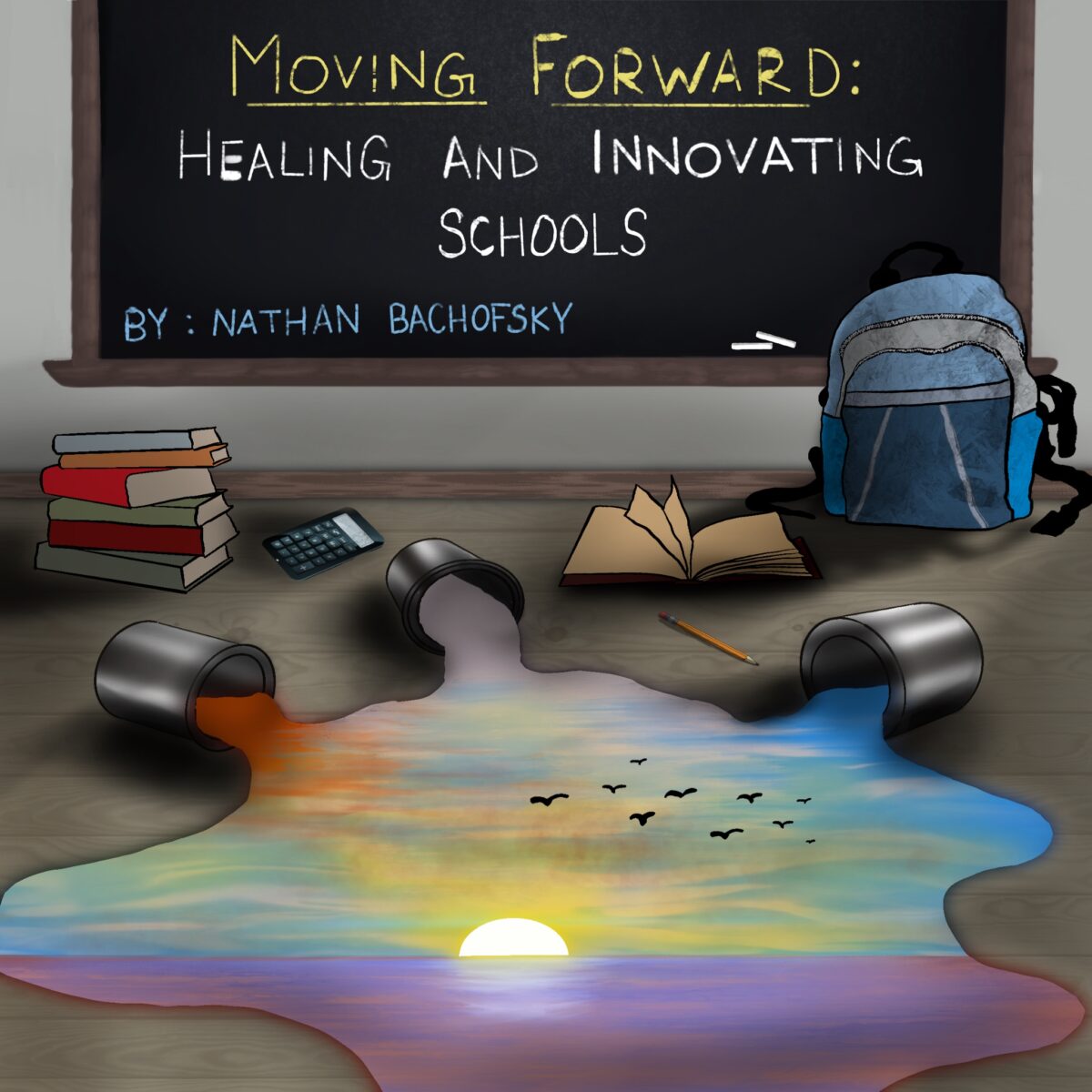
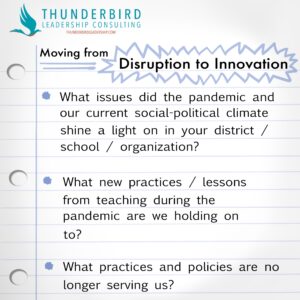 Once we begin to process our past and current realities, it’s time to collaboratively build the future of our schools and districts and steer toward new possibilities. Take this crucial time to invite all stakeholders to the table to share their vision for the school or district moving forward. Organize your conversations with stakeholders around the following questions:
Once we begin to process our past and current realities, it’s time to collaboratively build the future of our schools and districts and steer toward new possibilities. Take this crucial time to invite all stakeholders to the table to share their vision for the school or district moving forward. Organize your conversations with stakeholders around the following questions: 